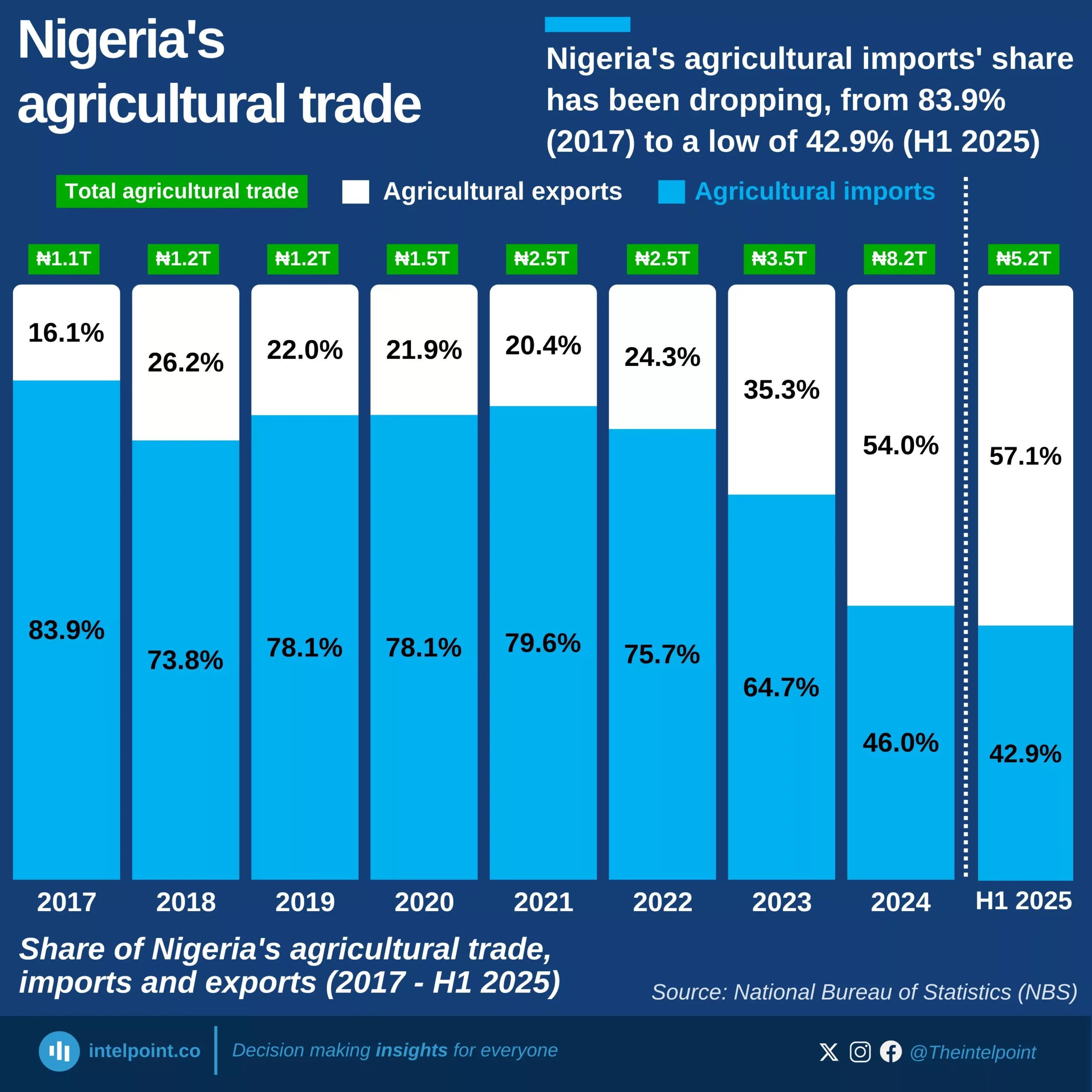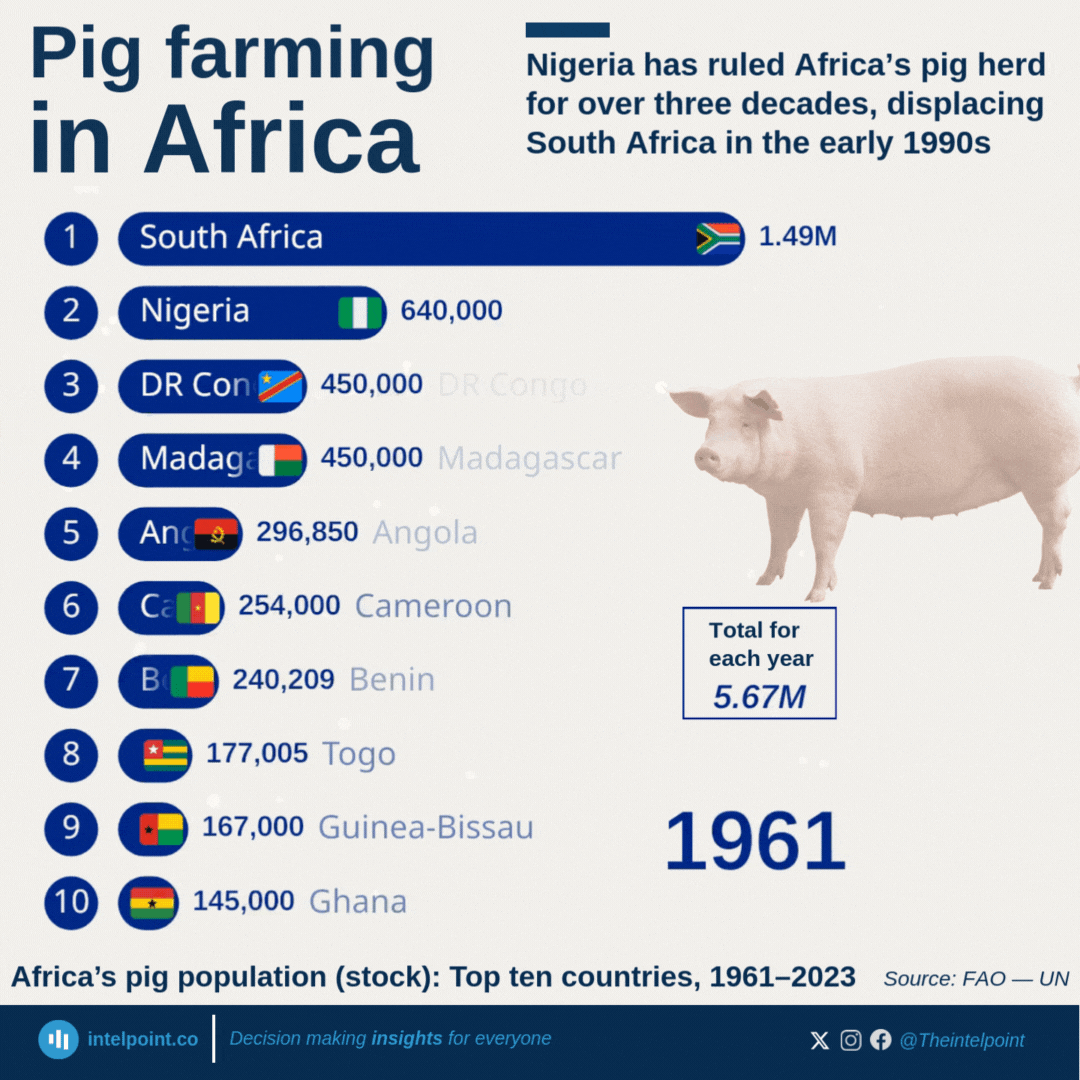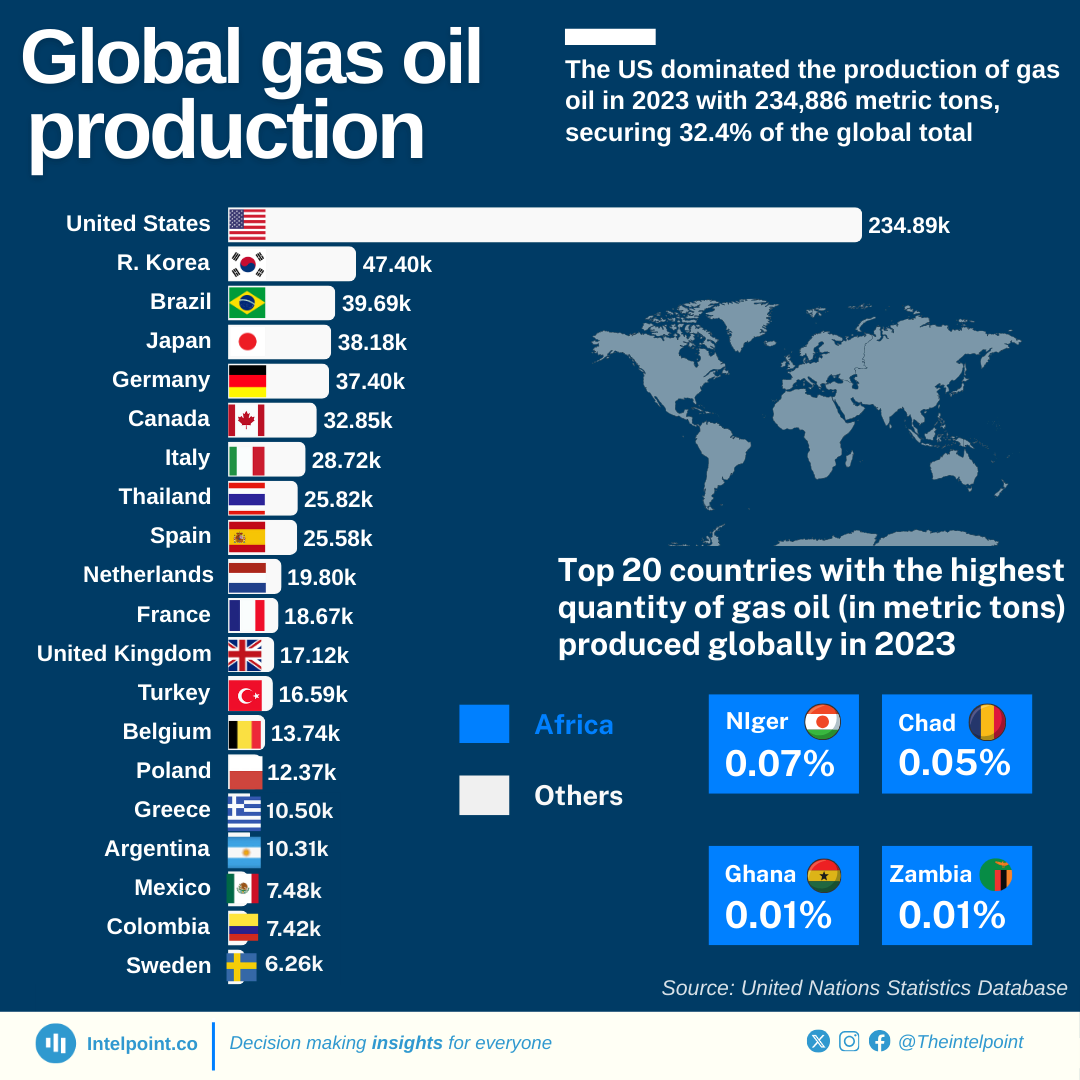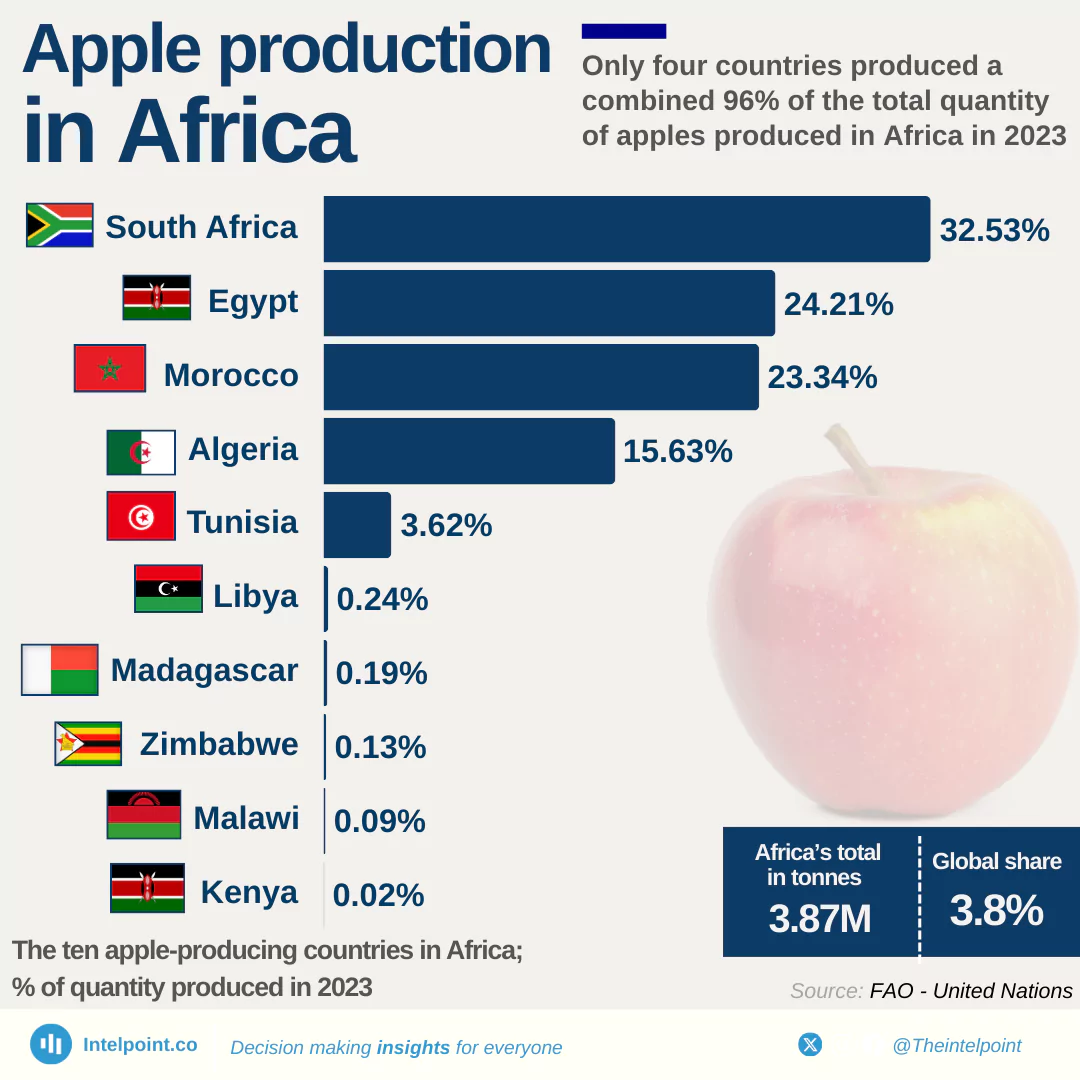Key Takeaways:
Between 1961 and 2022, Africa’s sesame seed oil production showed a remarkable growth trend. Beginning at approximately 23,706 tonnes in 1961, production more than doubled in just one year between 1969 and 1970, from 41,456 to 101,472 tonnes. This upward trend continued over the following decades, culminating in an all-time high of 375,697 tonnes in 2012.
However, this peak was followed by a sharp drop in 2013, which was most likely caused by a combination of environmental, agricultural, and economic factors, including adverse climatic conditions, pest infestations, declining soil fertility, and economic challenges. Production fell by 38.6% in 2013, the steepest year-on-year decline, with the volume of production output reaching 217,048 tonnes by 2022.





